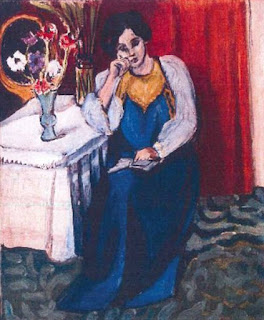 dacian,Drents Museum,Gold,museum theft,Romania,romanian,Romanian Police,The Netherlands
dacian,Drents Museum,Gold,museum theft,Romania,romanian,Romanian Police,The Netherlands
 No comments
No comments
Dutch Police Seek Public Help to Identify Fourth Suspect in Drents Museum Theft
In a significant development after four days of searching, Dutch police in Heerhugowaardin have arrested three individuals for their possible involvement in the burglary and theft at the Drents Museum in Assen. The stolen artefacts, including a priceless 2,500-year-old Geto-Dacian golden helmet and three solid gold spiral bangles —treasures of immense cultural significance to Romania—were taken during a brazen heist that has drawn international attention.
The arrests were made in the northern Netherlands and the arresting authorities have indicated that the suspects come from North Holland. Their apprehensions were the result of meticulous investigative work, involving 35 detectives and specialists working on the robbery since Saturday morning and examining evidence which included the analysis of CCTV footage and valuable information provided via tips from the public. This shows that public and police collaborating together can result in criminals being charged and eventually brought to justice.
Despite these arrests, the four stolen artefacts have not been recovered.
Authorities are intensifying their efforts to locate these invaluable pieces and are again seeking the public's assistance in identifying this fourth individual. This person may have been observed in a hardware store in Assen days before the robbery and may have purchased the tools depicted here, which could be the goods that were used during the break-in.
The police have released these photographs and urge anyone with information on this individual or who may have engaged with this many to contact the Dutch authorities.
The Drents Museum has expressed its relief over the arrests and remains hopeful for the safe return of the artefacts. The museum's director emphasised the importance of these pieces to the Romanian people and to the broader historical community.

















